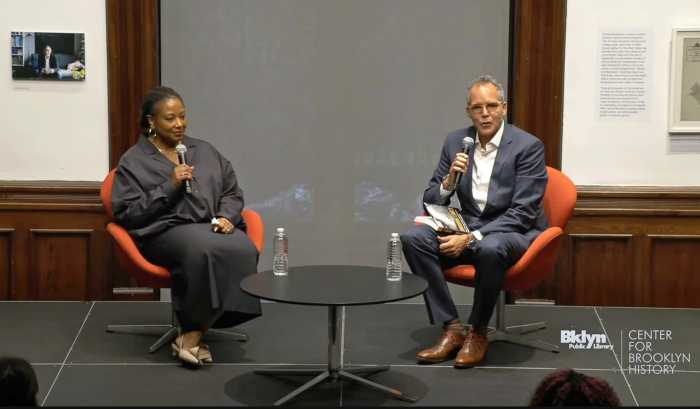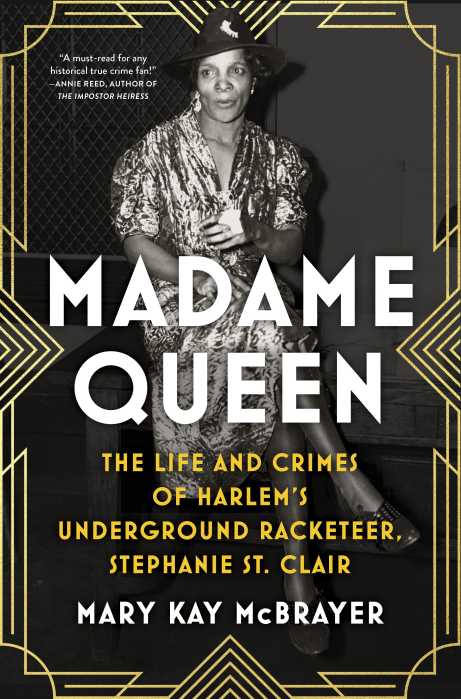“Well of Souls: Uncovering the Banjo’s Hidden History” by Kristina R. Gaddy
c.2022,
W.W. Norton
$30.00
284 pages
One dollar.
That’s not a lot of cash when it’s your turn to pick the tunes and you want to hear your song now. Just a buck for the juke box and everybody can enjoy what you’ve chosen. That’s not a lot for four minutes of entertainment, especially when, as in the new book “Well of Souls” by Kristina R. Gaddy, it features your favorite instrument.
In 1687, the English slave ship, the Benjamin, left the coast of Loango with a cargo of 375 adults and children headed for Jamaica and lives of slavery. Three hundred sixty-nine people arrived but not with much, if anything at all – and yet, says Gaddy, like their fellow slaves in the Islands and northward, they brought new “cultures that would become foundational to every colony and country they lived in.”
Shortly after the Benjamin arrived, some noticed that when the slaves had a bit of free time, they spent it dancing and making music, sometimes with a gourd impaled by a stick, a bit of animal skin, and strings to pluck. Though the instruments closely resembled lutes and were called “mbanza” in the Kimbudu language, white men called them “Strum Strumps” and the fascination was such that Strum Strumps were taken to England, and collected.
The instrument made its way to Martinique, where it was refined with better strings. It went to Barbados, where it was called a bangil. When it arrived in France, it became “the bangeau,” but in America, it was quickly becoming “an uncouth Black-originated instrument of little worth” that slaves used for celebrations and funerals, though whites remained intrigued by it.

“Whenever the instrument had arrived in Louisiana,” says Gaddy, referring to the early 1800s, “it would soon transform again.”
And by the 1840s, it had transformed into an instrument embraced by white performers in New York and elsewhere, in the most ironic of ways: minstrelsy performers loved the banjo.
Though you’ve been warned all your life not to judge a book by its cover, “Well of Souls” absolutely calls for doing so. Let the cover photo be your guide.
As promised by said cover, a “hidden history” of the banjo is in this book. It’s there, going back – way back, more than three hundred years as author Kristina R. Gaddy reveals an art-lover’s eye to explain why she focuses on this instrument, why she’s eager to tell the deepest story about it and why it matters.
The thing is that she stopped too soon. Her book, thorough as it is, offers teases for modern-day musicians, but the bulk of it ends just before the Civil War. Readers get a fascinating, lively background of the banjo from a Black history standpoint, but nothing about its influence in the twentieth-century or beyond.
Use that as a warning: if you enjoy early American history with a hint of the Islands, “Well of Souls” is the book for you. If you were hoping for a more modern history of the banjo, though, this isn’t the book to pick.

























